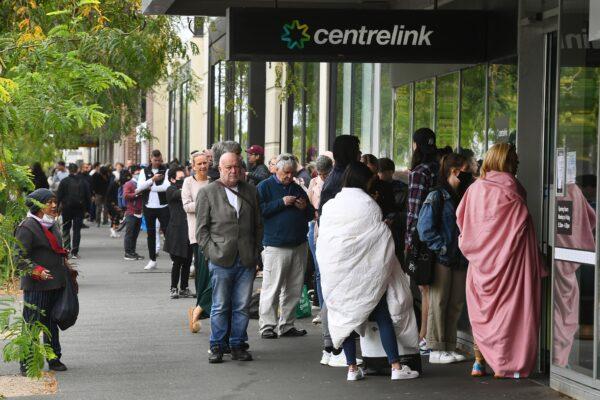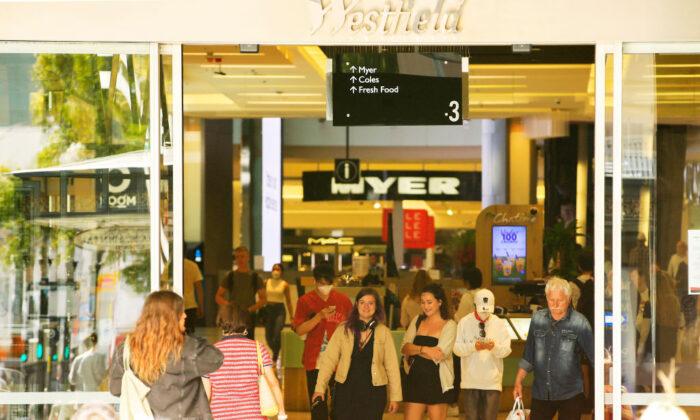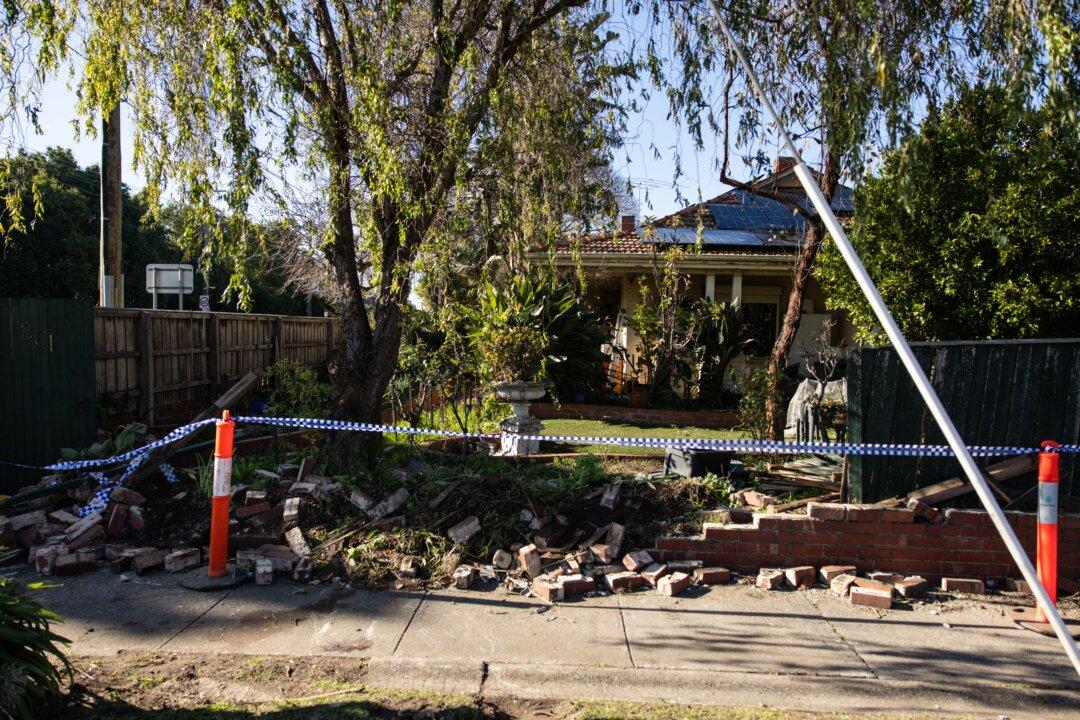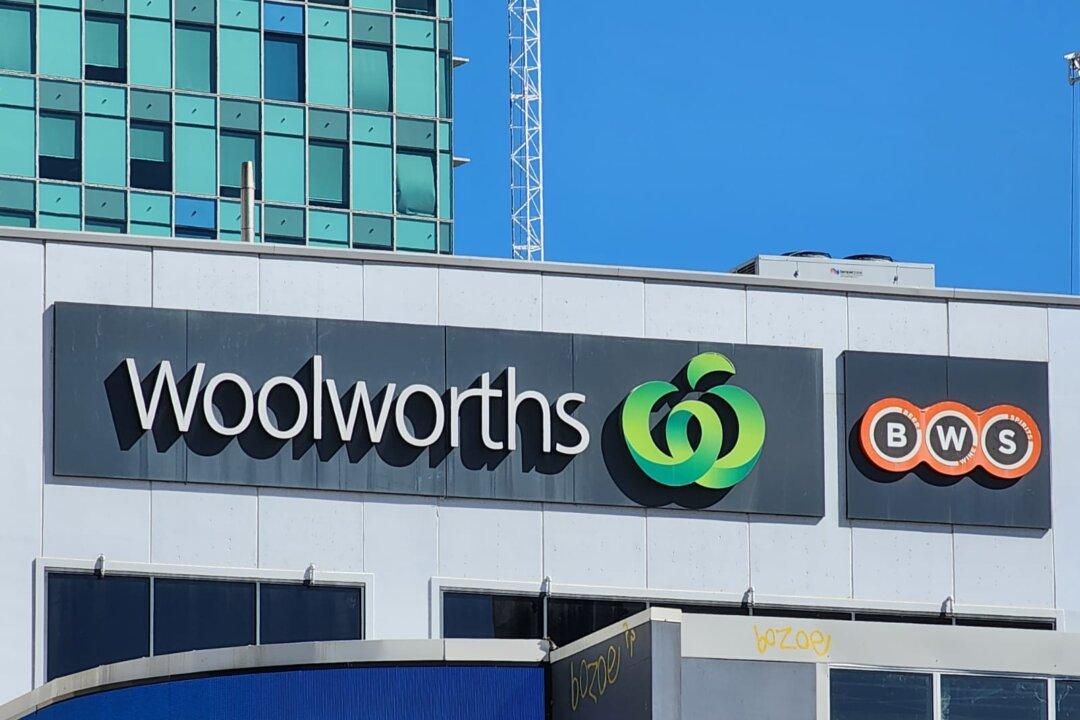The impact of the Omicron COVID-19 variant might hinder the prospect of Australians spending big in 2022 as not so positive signs have already appeared in the country’s economic landscape.
The Commonwealth Bank of Australia (CBA) reported that it’s household spending intentions index that combines an analysis of CBA payments data, loan applications and publicly available search activity on Google Trends increased by 2.5 percent last December.
That is the highest level recorded since the bank began the survey in July 2017, with travel, transport and retail sectors witnessing the largest gains.
According to CBA senior economist Belinda Allen, last December’s data showed that household spending continued to recover from the Delta lockdowns, supported by an estimated $260 billion (US$188 billion) in accumulated household savings.
“The boost in the travel and transport sector also reflects increased mobility around the country in December,” she said.
Nonetheless, the number of COVID-19 cases soared in late December and this January, due to the Omicron variant.
“We can see from our high-frequency credit and debit card data there does appear to be a fall in spending in January, with spending on services more impacted than goods spending,” Allen said.
At the same time, there is an expectation that December’s labour force data due later on Jan. 20 will project the growth in the employed population by 60,000.
This data arrives after the 366,100 employment hike witnessed in November, after New South Wales, Victoria and ACT ended their Delta variant lockdowns, resulting in Australians entering or returning to the workforce.
The forecast for December comes amidst Jan. 19’s data revealing the number of payroll jobs dropped 0.5 per cent in the fortnight to Dec. 18.
Justin Smirk, a Westpac senior economist, said, “Following the strong bounce in November, payroll jobs are setting the scene for a more modest but still sound gain in employment in the December labour force survey.”

Economic forecasts also indicate that the unemployment rate fell to 4.5 percent in December. That is a level briefly seen in August 2021 before state governments enforced COVID-19 Delta variant restrictions.
National Australia Bank is even expecting the jobless rate to drop further to 4.4 percent, the lowest level since October 2008, when the global financial crisis started to hit the country’s economy.
Earlier, the unemployment rate fluctuated, soaring to 5.2 percent in October before plummeting to 4.6 percent in November.
The Reserve Bank of Australia released its most recent economic forecast in November and predicted that the jobless rate would stay at 4.75 percent by the end of 2021 would not drop to 4.5 percent until June 2022.
Nonetheless, the central bank has reiterated that it will not consider raising the cash rate before the unemployment rate gets closer to 4 percent.
The Australian Bureau of Statistics will publish its report on inflation for the December quarter on Jan. 25, before the central bank conducts its first board meeting of the year on Feb. 1.





